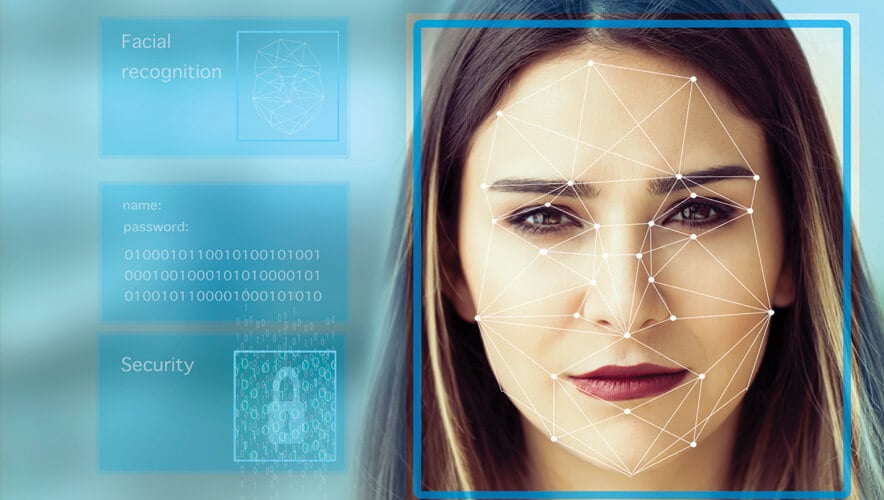Good With Faces
Facial recognition software is improving at a rapidly increasing rate, says the National Institute of Standards and Technology (NIST).
Specifically, in the four-year time period of 2014 to 2018, facial recognition software became 20 times more accurate in searching a database to find a matching photograph, according to the study, NIST Interagency Report 8238, Ongoing Face Recognition Vendor Test (FRVT).
In its research, NIST evaluated 127 algorithms from 39 different software developers. The new report updates NIST’s previous evaluations of facial recognition software published in 2010 and 2014 reports. The test performed in all three of the 2010, 2014, and 2018 evaluations judged how well the algorithm could match a person’s photo with a different photo of the same person stored in a large database. This is sometimes called a one-to-many search.
“The major result of the evaluation is that massive gains in accuracy have been achieved in the last five years (2013–2018) and these far exceed improvements made in the prior period (2010–2013),” the report finds.
The report says that the failure rate in one-to-many searches dropped from 5 percent in 2010 to 4 percent in 2014 to 0.2 percent in 2018. When an image of a person’s face is submitted to the recognition software, the search is considered a failed one if the software does not retrieve the matching face from the database.
The top-performing algorithms from the latest round of testing make use of a type of machine-learning architecture called convolutional neural networks. Such machine-learning tools have been rapidly advancing in the last few years, and this has had a major impact on the facial recognition industry.
“The test shows a wholesale uptake by the industry of convolutional neural networks, which didn’t exist five years ago,” the NIST report finds. “[Now], about 25 developers have algorithms that outperform the most accurate one we reported in 2014.”
However, the algorithms do not all perform the same; the best are far more effective than the rest of the pack. “There remains a very wide spread of capability across the industry,” the report says.
